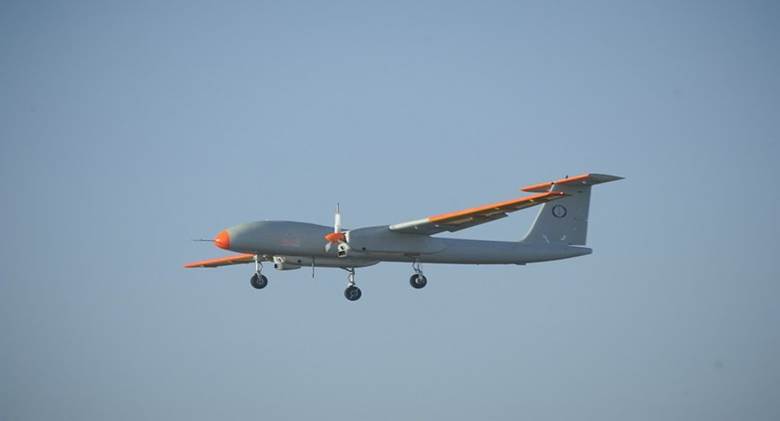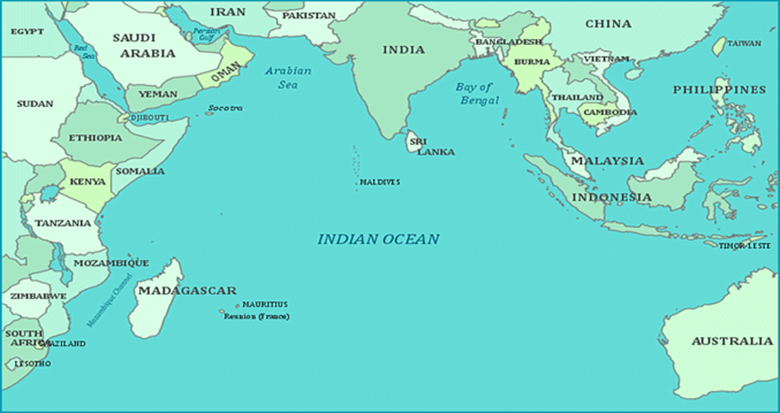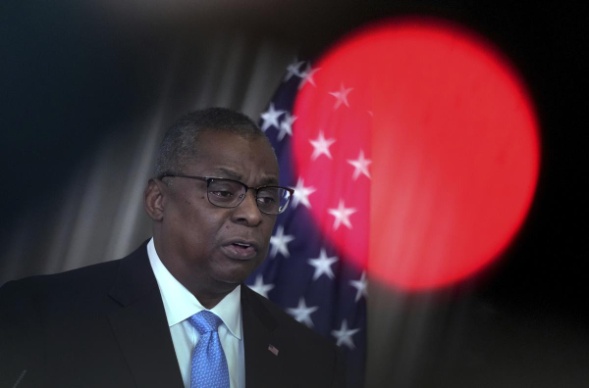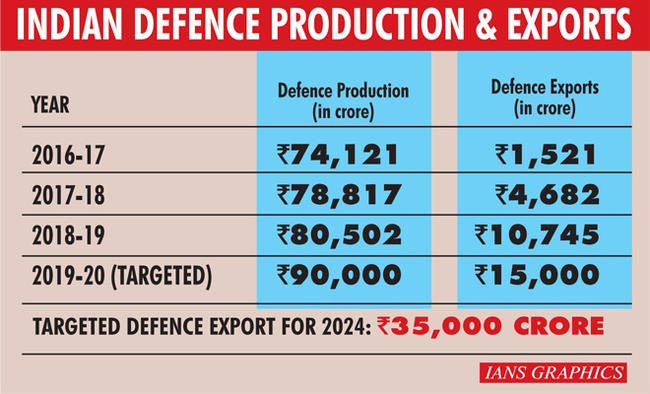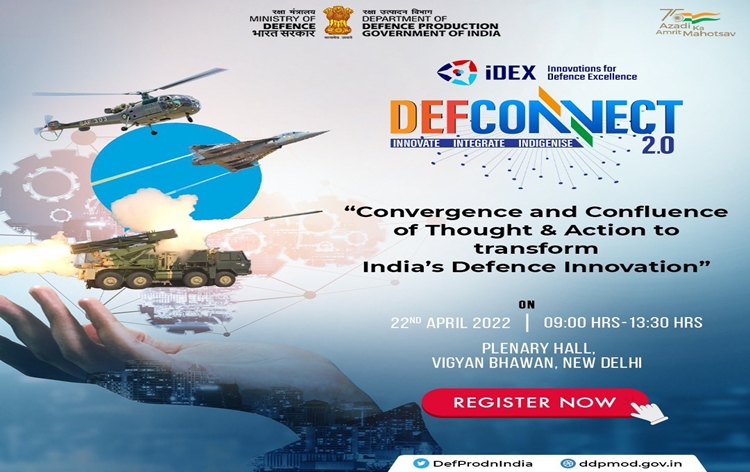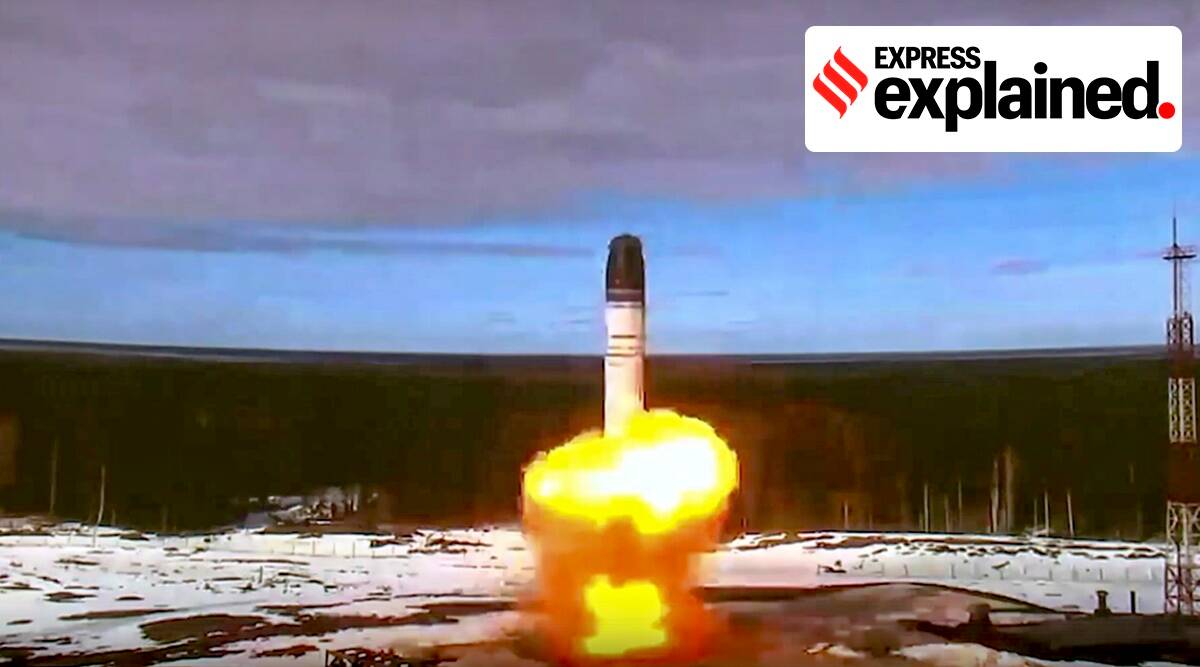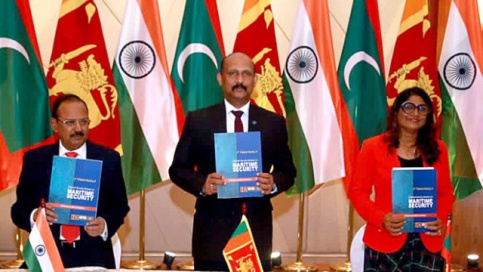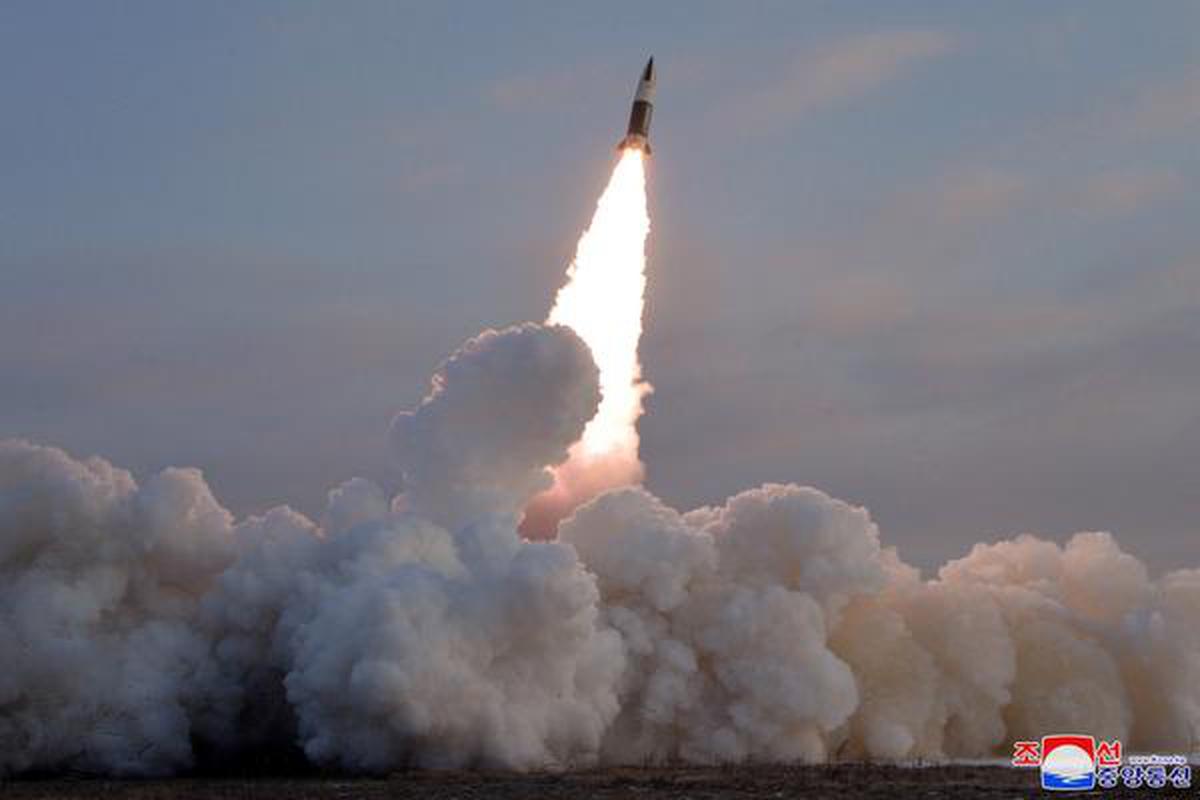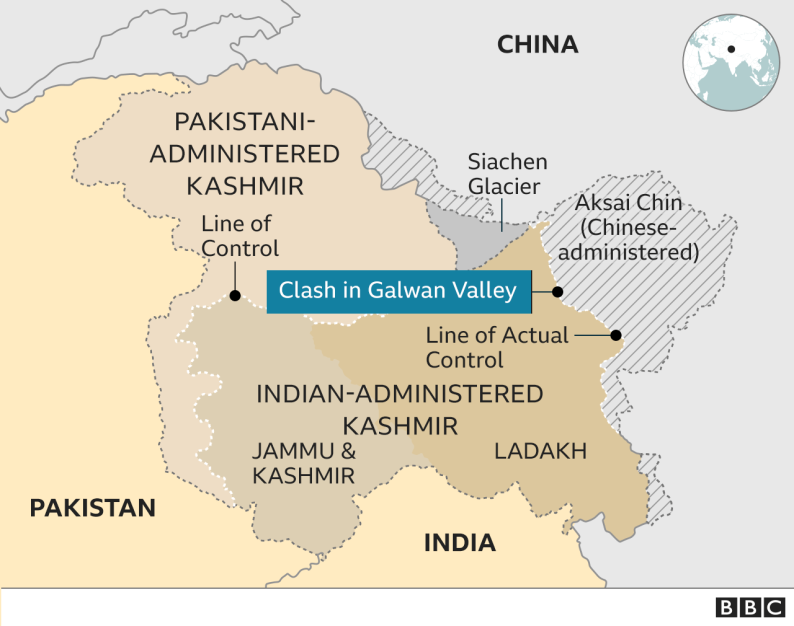Description

Copyright infringement is not intended
Context: Naga groups seek early peace deal. Nagaland Government-led consultative committee meeting adopted resolution for an early political solution.
Recent developments:
- The Naga peace talks were also impacted by the incident on December 4, 2021 when six villagers returning from a coal mine were killed in an operation by para commandos of the Assam Rifles in Nagaland’s Mon district.
- The dialogue between the Union Government and the NSCN-IM collapsed in 2020 when the largest Naga group refused to hold any further talks with government appointed interlocutor.
History of Naga struggle:

About Naga Peace Talks:
- The talks seek to settle disputes that date back to colonial rule.
- The Nagas are an ethnic community that comprises several tribes who live in the state of Nagaland and its neighbourhood.
- Key demands of Naga groups: Creation of Greater Nagalim, an extension of Nagaland’s borders by including Naga-dominated areas in neighbouring Assam, Manipur and Arunachal Pradesh and even of Myanmar uniting 1.2 million Nagas.
- Assertion of Naga nationalism, gave rise to decades of insurgency that claimed thousands of lives.
What is the Naga peace process?
- It refers to ongoing talks between the Indian government and Naga insurgent groups, in particular the NSCN(IM), since 1997 with the aim to sign a Naga Peace Accord.
- The Naga insurgency, rooted in Naga nationalism, is one of the oldest insurgencies in the country.
What has happened since?
- In August 2015, the group signed a framework agreement with the Indian government for the Naga Peace Accord.
- Both the government and Naga groups successfully concluded talks on the government’s deadline of October 31, 2019, no accord was signed.
- In January 2020, the government had IB special director Akshay Mishra step in and continue the engagement.
How did things go wrong?
- The NSCN(IM) and the Indian government differed in their understanding of the framework agreement.
- The NSCN(IM) insistent on a Naga constitution, and was pushing for a Greater Nagalim stretching beyond the boundaries of the present Nagaland state.
- Although IM had softened its stance on the demand for a separate flag and constitution, still a few bones of contention remained.
- In November 2017, Ravi signed an agreement with seven groups who had come together under the banner of the Naga National Political Groups (NNPGs), which did not include the NSCN (IM).
- The IM, accused Ravi of attempting to “segregate the Naga civil society”.
- Ravi, meanwhile, continued to engage with the other Naga groups, and declared that the Accord would be signed with or without the NSCN(IM).
What are the real issues?
- The Naga issue is very complex, and is led by a Tangkhul from Manipur, for whom it is difficult to abandon the demand for a Greater Nagalim.
- There is no way the government would accept a separate constitution for Nagaland.
What is the way forward?
- It is important to understand that there cannot be an accord without the NSCN(IM).
- There is need to delicately close the gap between the IM and NNPGs.
- Some demands that need ironing out include
- one for a bicameral Assembly with at least 40 nominated members representing different tribes;
- absorption of cadres as local armed forces or in the Indian paramilitary;
- setting up of autonomous councils in Naga-dominated areas of neighbouring states; and
- use of the Naga flag for at least customary events.
https://www.thehindu.com/news/national/other-states/naga-groups-seek-early-peace-dealsought/article65207950.ece






